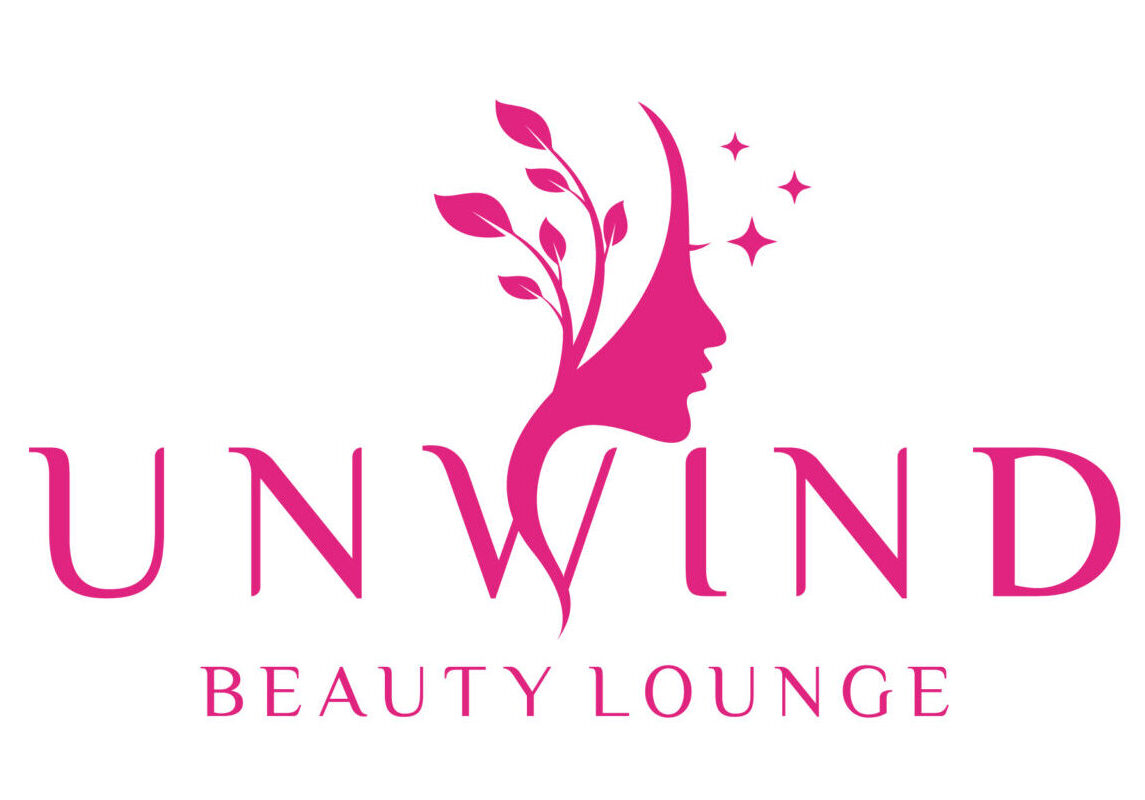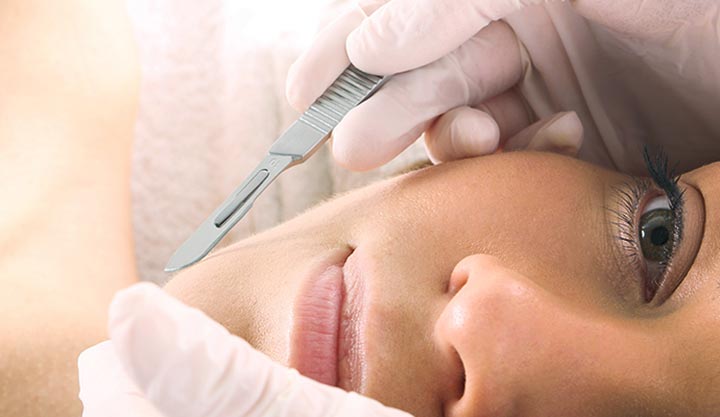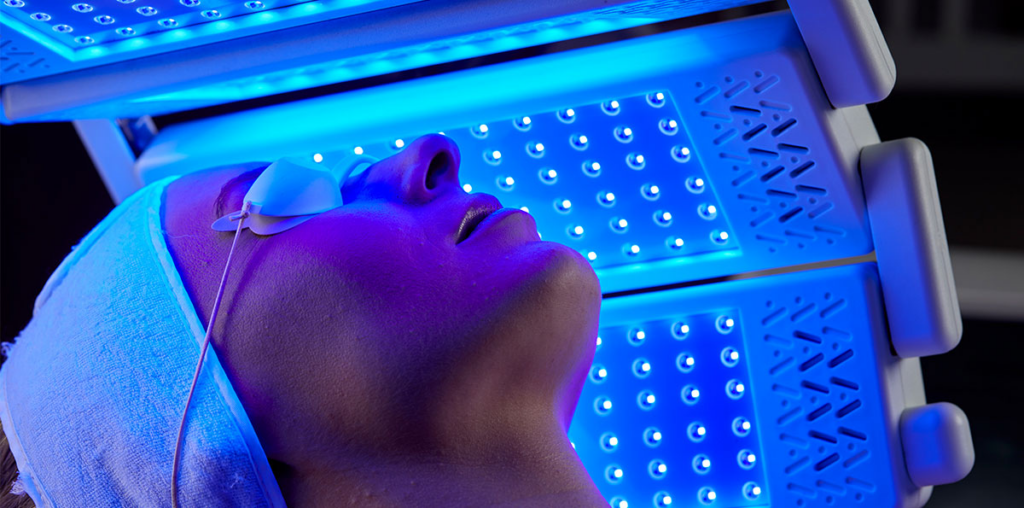WHAT IS BROW LAMINATION AND TINT
Brow lamination is a new, innovative beauty treatment that has continued to grow in popularity, recreating the trending look of thick, bushy brows. Brow lamination is great for those who love a ‘brushed-up’ look but can’t seem to tame their brow hair due to it being too straight or fine.

WHAT DOES THE BROW LAMINATION PROCESS INVOLVE?
Consultation: Your brow expert will perform a full consultation with you, with brow mapping to discover your perfect brow style.
Step one: After cleansing the brows, your tech will place brows in an upward position using Brow Fix to ensure all Brow Lamination solutions target the brow from the root to the tip. This solution holds the brows in place throughout the treatment.
Step two: Brow Style is applied to the brows. This cream creates a chemical process that breaks down the bonds in each hair, allowing them to be manipulated into a new shape. Solution is left on the brows for a predetermined time depending on the condition of the hair.
Step three: Brow Set is applied the brows. This solution sets the hair in its new position. Solution is left on the brows for a predetermined time depending on the condition of the hair.
Step four: Optional Tinting. Brows can be tinted to add colour to the brows and to enhance the results of the treatment.
Step five: All traces of the products above are removed from the brows, then Brow Nourish (a specially developed brow serum with keratin) is applied to the brows to hydrate and condition the hair.
Step six: The brows are brushed into their desired position – this position is adjustable depending on the look you would like to achieve. Brows can be brushed up or brushed into a more natural shape.
IS BROW LAMINATION WORTH IT?
Brow lamination is a safe treatment which can give you naturally fuller looking eyebrows after just one treatment. It’s a more affordable option compared to other brow treatments such as Microblading and has immediate results that last. It’s a treatment to consider if you’d like a new look that can be easily maintained.
Not only this, but it’s currently very on trend – so now’s the right time to get your brows laminated if you wanted to give this new look a try!
Brow Lamination Aftercare
While brow lamination and aftercare are pretty straightforward, there are a few things to remember post-treatment so you can have the best results.
No Water or Sweating
For 24 hours post brow lamination, stay away from water. That means no shower, no washing your face. So skip the workout that day and avoid any activity where you’ll get hot and sweaty. You must give the chemicals time to set on your hair for the process to work properly.
No Rubbing
Pretty self-explanatory but basically, leave your brow area alone for 24 hours after your lamination process. Just let them work their magic and keep your fingers off your face!
No Makeup On the Brows
While you can undoubtedly wear makeup on your face, avoid any product on your brows. This is to prevent that whole rubbing thing and the need to wash your face. I personally just don’t wear makeup for that entire 24-hour period to set myself up for success.
Brush Your Brows
Once you’ve hit the 24-hour mark, you are good to go with your “normal” routine of showering and makeup. But remember that your brows need to be maintained. They don’t just stay up for 8 weeks, you have to brush them to keep the fluff. Invest in a few CLEAN spoolies to brush them up in the morning when you wake up and keep them with you throughout the day.
If You Get Your Brows Tined…
Let me stress, that if you get a tint on your brows afterward…I’d avoid doing anything in public for that 24-hour holding period. Until you can wash your face, the semi-permanent hair color can be super dark! It’s a bit intense as you can see from the “Final Results”. But once you can wash your face you’ll be good to go!

Book your appointment with our esthetician at Unwind beauty lounge, the best facial spa in Frisco.



